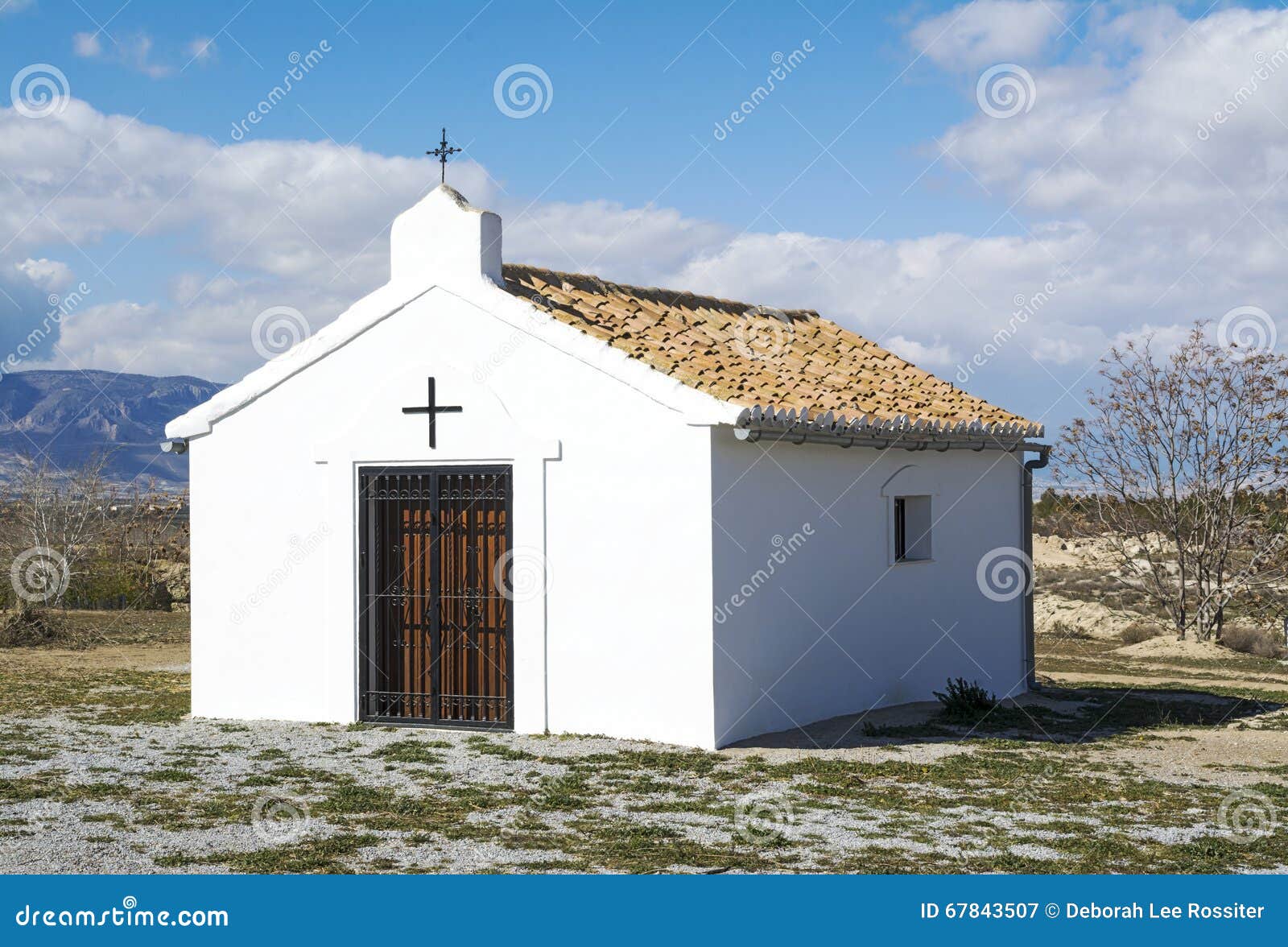Church in spanish language – Delving into the realm of “Iglesia en español,” we embark on a journey that unveils the profound significance and multifaceted nature of Spanish-speaking churches. These sacred spaces serve as beacons of faith, cultural identity, and community support, shaping the lives of countless individuals across the globe.
From their architectural grandeur to their vibrant liturgies, Spanish-speaking churches embody a rich tapestry of traditions and practices. They offer a sanctuary for spiritual growth, a sense of belonging, and a connection to a shared heritage.
Iglesia en español
The word “iglesia” in Spanish has a rich religious and cultural significance, encompassing both the physical structure where Christian worship takes place and the broader community of believers.
Within the Spanish-speaking world, the term “iglesia” holds deep spiritual and communal meanings, reflecting the central role of Christianity in many Hispanic cultures.
Religious Significance
In a religious context, “iglesia” primarily refers to the physical building or space dedicated to Christian worship and sacraments. It is a sacred place where believers gather for prayer, Bible study, and other religious observances.
Beyond its physical manifestation, “iglesia” also encompasses the spiritual community of Christians. It represents the collective body of believers who share a common faith and purpose, united in their relationship with God and each other.
Cultural Significance
In Spanish-speaking communities, the “iglesia” often serves as a central hub for social and cultural activities. It is a place where people connect with their faith, but also with their community.
Churches in Hispanic cultures often host community events, festivals, and gatherings that foster a sense of belonging and shared identity. They provide a space for individuals to connect with their cultural heritage and traditions.
Types of Spanish-Language Churches

Spanish-speaking communities are home to a diverse range of churches, each with its unique characteristics and beliefs. Understanding these differences can help individuals find a spiritual community that aligns with their values and beliefs.
One of the main factors that distinguish Spanish-language churches is their theological orientation. Some churches adhere to traditional Catholic doctrines, while others embrace more evangelical or Pentecostal beliefs. Additionally, churches may vary in their cultural practices, such as the use of music, language, and liturgical traditions.
Catholic Churches, Church in spanish language
Catholic churches in Spanish-speaking communities are part of the worldwide Catholic Church, led by the Pope in Rome. They adhere to Catholic doctrine and sacraments, including baptism, confirmation, Eucharist, penance, anointing of the sick, holy orders, and marriage. Catholic churches typically have a hierarchical structure, with priests, bishops, and cardinals overseeing the spiritual well-being of the congregation.
Evangelical Churches
Evangelical churches in Spanish-speaking communities emphasize the importance of personal conversion and a direct relationship with Jesus Christ. They typically place a strong emphasis on evangelism and outreach, seeking to share the gospel message with non-believers. Evangelical churches often have a more informal worship style, with contemporary music and a focus on personal testimonies and experiences.
Pentecostal Churches
Pentecostal churches in Spanish-speaking communities are characterized by their belief in the baptism of the Holy Spirit, which is often accompanied by speaking in tongues and other spiritual gifts. They emphasize the importance of emotional expression in worship and often have a vibrant and energetic atmosphere.
Pentecostal churches may also place a strong emphasis on healing and deliverance ministries.
Architecture of Spanish-Language Churches

Spanish-language churches display a rich architectural heritage that reflects the fusion of various cultural and historical influences. These churches often showcase distinctive architectural elements that set them apart from their counterparts.
Influence of Architectural Styles
The design of Spanish-language churches has been influenced by a diverse range of architectural styles, including:
- Romanesque:Characterized by rounded arches, thick walls, and small windows.
- Gothic:Featuring pointed arches, ribbed vaults, and elaborate stained-glass windows.
- Renaissance:Emphasizing symmetry, proportion, and classical motifs.
- Baroque:Known for its grandeur, ornate decorations, and elaborate facades.
- Neoclassical:A revival of classical Greek and Roman architectural forms.
Liturgy and Practices in Spanish-Language Churches

Spanish-language churches share many liturgical and religious practices with other Christian denominations, but they also have some unique characteristics. The liturgy, or order of worship, in Spanish-language churches is typically more formal and structured than in English-language churches. This is due in part to the influence of the Catholic Church, which has a long history in Latin America and Spain.
The Mass
The Mass is the central act of worship in Spanish-language Catholic churches. It is a reenactment of the Last Supper of Jesus Christ, and it is celebrated every Sunday and on other holy days. The Mass is typically divided into two parts: the Liturgy of the Word and the Liturgy of the Eucharist.
The Liturgy of the Word includes readings from the Bible, a homily, and prayers. The Liturgy of the Eucharist includes the consecration of bread and wine into the body and blood of Christ, and the distribution of Communion.
Other Sacraments
In addition to the Mass, Spanish-language Catholic churches also celebrate other sacraments, including Baptism, Confirmation, Penance, and Anointing of the Sick. These sacraments are seen as essential for salvation, and they are typically celebrated with great solemnity.
Prayer
Prayer is an important part of the religious life of Spanish-language Christians. They pray to God, to Jesus Christ, to the Virgin Mary, and to the saints. Prayer is seen as a way to communicate with God and to ask for his help and guidance.
Music
Music plays an important role in the worship of Spanish-language churches. The music is typically lively and upbeat, and it is often accompanied by guitars, drums, and other instruments. The lyrics of the songs are often about the love of God, the Virgin Mary, and the saints.
Differences and Similarities in Liturgical Practices
While there are many similarities in the liturgical practices of Spanish-language churches, there are also some differences. These differences are often due to the different cultural and historical backgrounds of the different denominations. For example, in some Spanish-language Protestant churches, the emphasis is on preaching and Bible study, while in others, the emphasis is on music and dance.Despite
these differences, Spanish-language churches share a common goal: to worship God and to share the gospel of Jesus Christ with the world.
The Role of the Church in Spanish-Speaking Communities: Church In Spanish Language

The church plays a vital role in Spanish-speaking communities, providing a sense of community, support, and spiritual guidance. It serves as a gathering place for social events, cultural activities, and religious services, fostering a strong sense of belonging and identity among its members.
Beyond its spiritual functions, the church also offers a wide range of social and cultural services, including education, healthcare, and counseling. It provides a safe and supportive environment for individuals and families to connect with others, access resources, and navigate the challenges of daily life.
Social Support
The church serves as a central hub for social support within Spanish-speaking communities. It provides a sense of community and belonging, offering a place where individuals can connect with others who share their language, culture, and values. Through social events, gatherings, and outreach programs, the church fosters a strong network of support and camaraderie.
Cultural Preservation
The church plays a crucial role in preserving and promoting Spanish-speaking culture. It provides a space for cultural expression, hosting events that celebrate traditional music, dance, art, and cuisine. By fostering a sense of cultural pride and identity, the church helps to strengthen the bonds within the community and preserve its unique heritage.
Spiritual Guidance
At the core of its mission, the church provides spiritual guidance and support to its members. It offers religious services, sacraments, and pastoral care, helping individuals to connect with their faith and find meaning in their lives. Through sermons, Bible study groups, and prayer services, the church provides a path for spiritual growth and development.
Final Wrap-Up
In conclusion, “Iglesia en español” represents a vibrant and dynamic institution that continues to play a vital role in the lives of Spanish-speaking communities. Through their spiritual guidance, cultural preservation, and social support, these churches foster a sense of unity and purpose, enriching the lives of their members and the communities they serve.
Common Queries
What is the significance of “iglesia” in Spanish-speaking communities?
In Spanish-speaking communities, “iglesia” holds a profound religious and cultural significance. It refers to the physical space where religious services are held, but it also encompasses the broader community of believers and the spiritual beliefs and practices they share.
How do Spanish-speaking churches vary in their architectural styles?
Spanish-speaking churches exhibit a diverse range of architectural styles, reflecting the influence of different cultural and historical contexts. Some churches feature elaborate Baroque or Gothic designs, while others showcase modern or minimalist aesthetics.
What are some common liturgical practices in Spanish-speaking churches?
Spanish-speaking churches typically follow a structured liturgy that includes prayers, readings from scripture, and the celebration of sacraments such as baptism and communion. The specific practices may vary depending on the denomination and cultural traditions of the congregation.